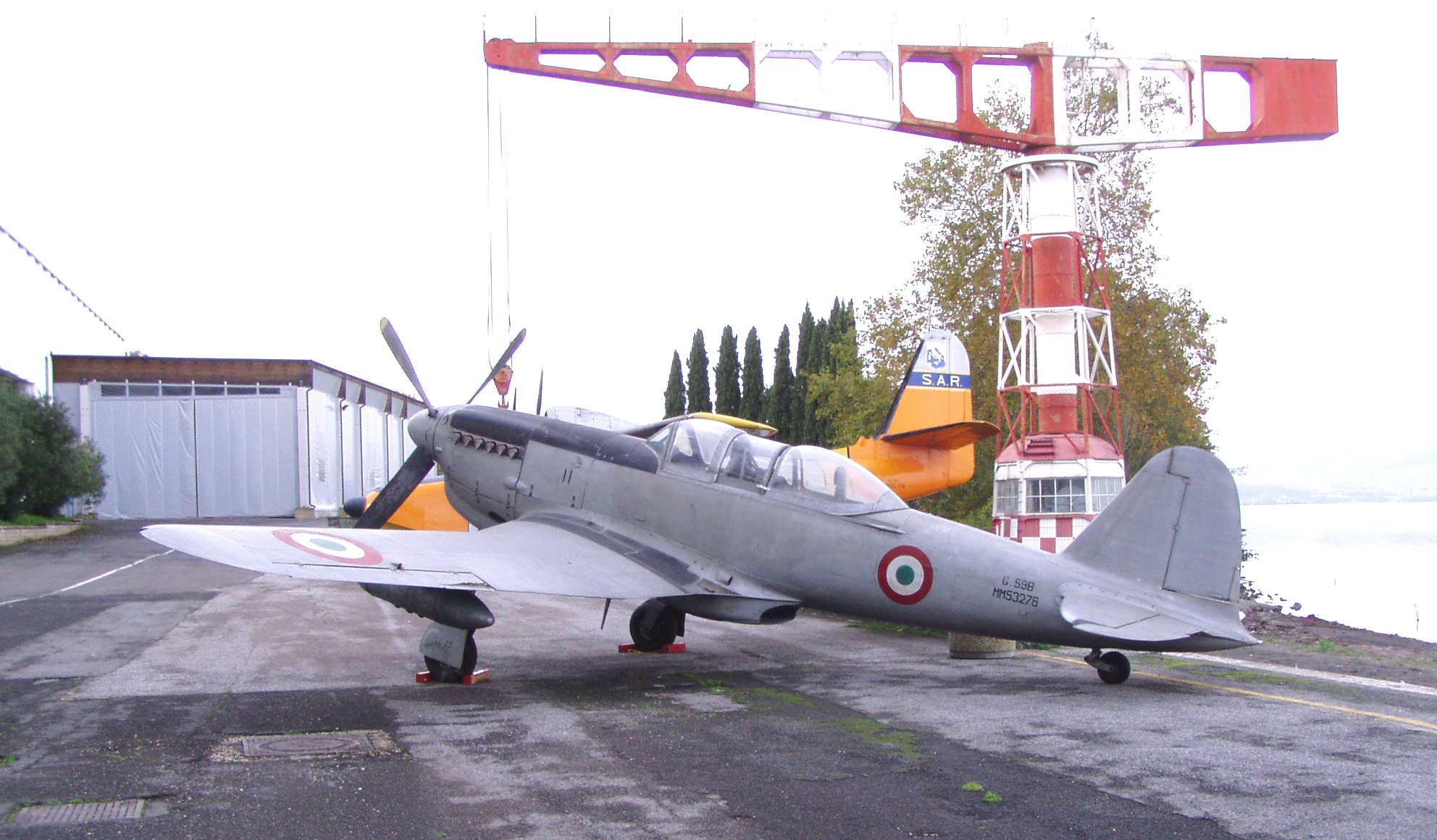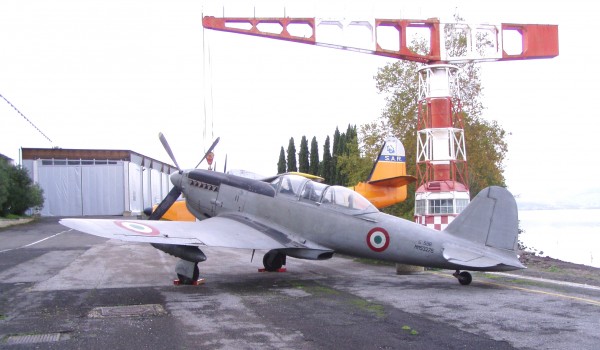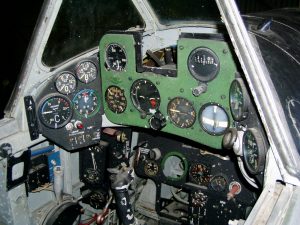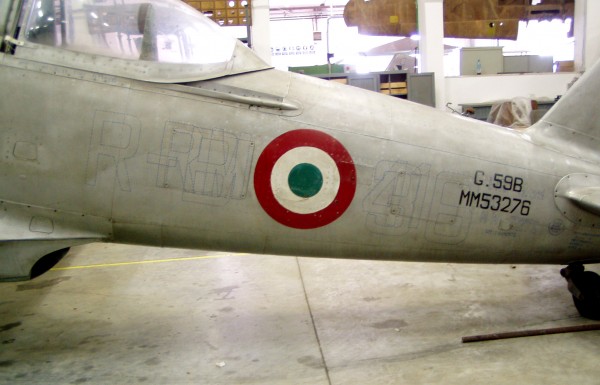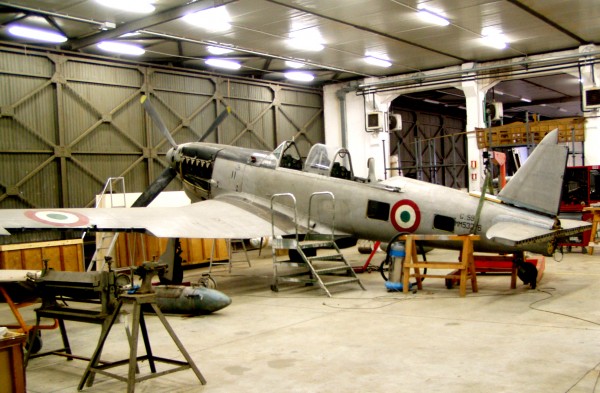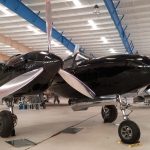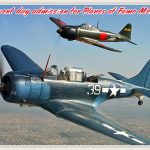-
Fiat G.59 MM 53276 awaiting restoration (Italian Air Force Museum photo)
Based on an Italian Language submission by Marco Gueli
In a recent announcement, the Italian Air Force Museum has decided to begin restoring their FIAT G.59 MM 53276, exhibited for many years at Vigna di Valle. While the paint is a little worse for wear, the structure appears in good condition thankfully.
The rare Merlin-engined trainer, one of fewer than ten surviving examples, is now in the Maintenance and Restoration Section hangar where a team of engineers is evaluating the airframe to determine what needs addressing and also to find out something of its history.
-
The unrestored cockpit of the Italian Air Force Museum’s Fiat G.59 MM 53276. (Italian Air Force Museum photo) MM 53276 is completely original and has never been restored previously. The Museum hopes to find traces of its service history during the restoration. A recent philosophy at the Italian Air Force Museum is to take no action on the aircraft without having first studied every detail. Much like the Fleet Air Arm Museum has discovered with their ground-breaking Corsair and Wildcat conservation processes, an aircraft can yield a mine of information. Before starting work, it is important to learn the aircraft’s history and construction techniques, as they will be invaluable details once the aircraft starts to go back together again.
This G.59 came from Turin in the mid-70s after the aviation museum moved to Vigna di Valle. MM 53276 was the 61st G.59 produced, specifically a G.59-2B of Series IV with the tilting canopy seen on the G.55. Interestingly, the aircraft shows all the characteristics of a G.59-4B, which arose because of in-service modifications to the later standard (with the sliding bubble canopy). An unusual feature of this aircraft is that the propeller is a cuffed Hamilton Standard hydromatic, the same used on a P- 51D. The majority of G.59s used a later version of the Hamilton prop, often referred to as a “Paddle blade” and built under license by Fiat.
Documents show that MM 53276 was the last G.59 to have place the student in the forward cockpit and the instructor in the rear. These same documents also show the aircraft was not originally equipped with armament, but despite this, it does sport a machine gun mount on the right wing.
Nothing concrete was known about the aircraft’s operational history before the inspection started. However a couple of photos recently came to light showing MM 53276 with the codes “SE-7” from the flight school at Elmas; almost certainly its first assignment. The trainer received a coat of silver paint in the late 1960s when it moved to the Turin museum. Careful recent assessment revealed visible markings under the paint. With a lot of patience and the help of a lamp the Italian Air Force Museum staff identified two superimposed codes: “RM-41” and “R-B+36”. No trace of the previous “SE-7” was evident; probably the “victim” of a more accurate repainting during its service history. Minute observation of the paint, also revealed other text showing service details. One set in particular has proved useful, because it noted that the aircraft’s final overhaul took place at SACA in Brindisi on 05/04/62.
During the discovery phase of the restoration, all paint details and markings have been accurately recorded to allow the Museum to return her to one of three different schemes. The Museum also knows the exact paint to use for the overall color, as they discovered unblemished examples beneath the wing-root fairings during disassembly. The aluminum-colored, high-gloss paint was widely used on post-war Italian aircraft. After completing Phase 1 of the restoration at the end of 2013, Phase 2 has kicked off in the new year. This will involve the actual restoration and repair of damaged parts, halting corrosion and repainting.
For more details on the Italian Air Force Museum, please visit their website.







